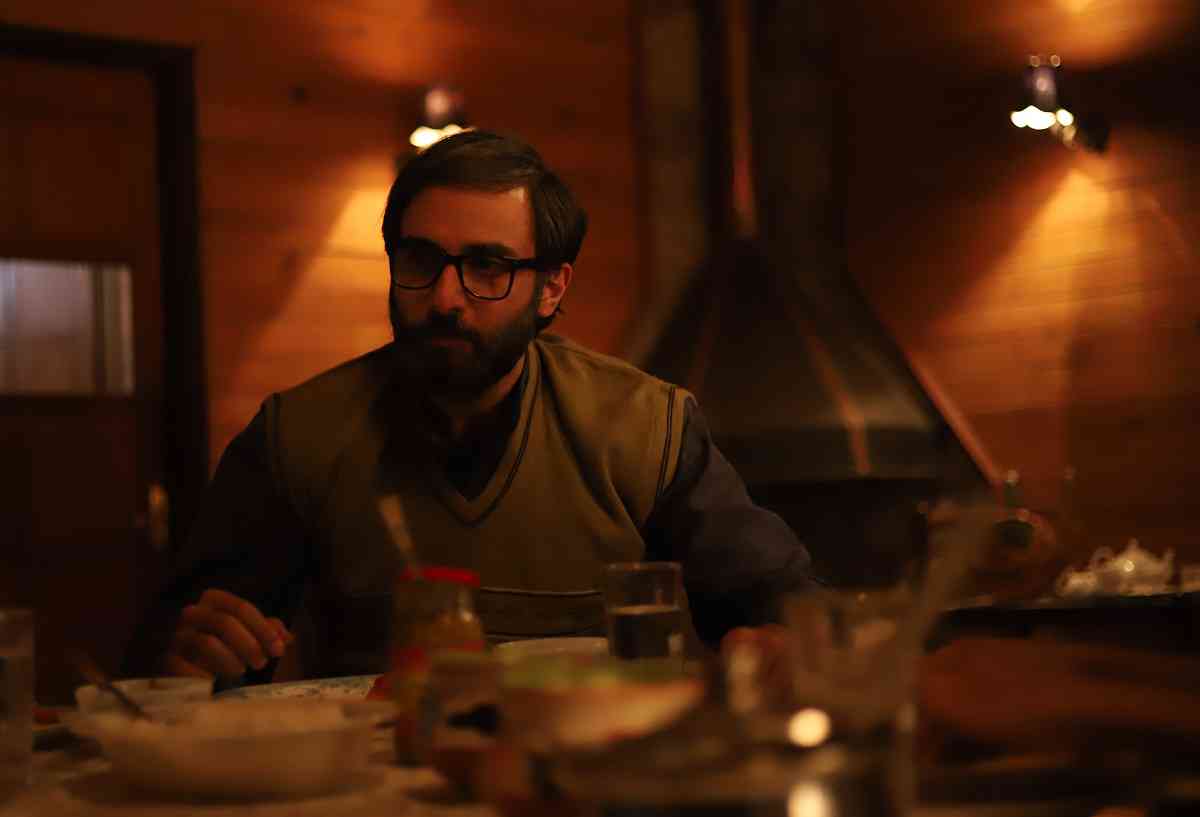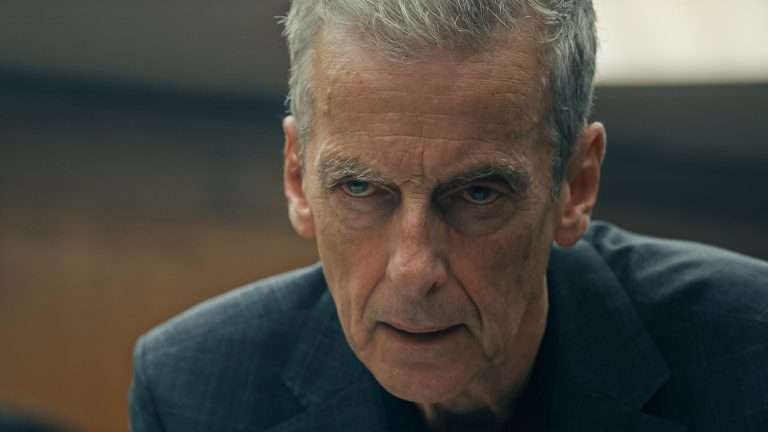Bejoy Nambiar’s work has always frustrated the cinephile in me. Looking at his recent works’ trailers, one can easily opine that Nambiar is all about “style over substance.” Though he has turned out better than the other Mani Ratnam disciples working in the industry, you can’t help but wonder what stops all of Nambiar’s directorial work just short of greatness. Like all of his earlier work, Nambiar’s debut as a showrunner “Kaala” has something visceral about it that’s difficult to put into words. His styling approach from the pilot episode seems superficial without any instant payback, but as you dig deep enough, you find a heart in it by the last episode.
“Kaala” doesn’t have Nambiar’s usual nasty, dark heart in the game, but you can sense why he was drawn to the material. “Kaala” explores espionage, identity, and parental trauma while showcasing panache for layered storytelling. Its skills blur the lines between spies, investigators, terrorists, and smugglers, shedding light on their shared reliance on scripted narratives sprawling through the historical checkpoints.
After “The Family Man” and “The Night Manager,” we get another show in the Indian streaming space that is adept at handling the historical and geo-political conflicts of the subcontinent. This emphasis on pretense, performance, and spectacle captures the essence of espionage- though it is never entirely faithful to the genre conventions. Minor Spoilers ahead.
The premise of “Kaala” is based on an IB officer, Ritwik (Avinash Tiwary), investigating a reverse-hawala case against a Billionaire, Naman Arya (Taher Shabbir), in Kolkata, who is touted as a messiah by the public. Ritwik also has a team that consists of Sitara (Nivetha Pethuraj), with whom he has an affair. The traces link back to Ritwik’s past as well.
Ritwik’s informant is Subhendu Mukherjee, aka Adinath Bagchi (Rohan Vinod Mehra), who stays with his physically challenged wife and daughter, Aloka, in Darjeeling. Cut to Subhendu’s defamation track in the 80s. Pradeep Sharma, Shashwat Roy, and Balwant Bir Rana were the three members of the border defense forces whose quest to end the illegal activities occurring at the Indo-Bangladesh border turned sour.
Bejoy Nambiar’s series has a huge narrative scope, and the screenplay struggles to jump back and forth between the 1988 and 2018 storylines. Subhendu Mukherjee, the sole survivor, is accused of turning on his own battalion, sent in ‘Operation Ricochet’ to scuttle Bangladeshi rebel forces using clandestine wartime tunnels as a smuggling route. The show traces the fortunes of three paramilitary guards who had set him up, including Balwant (Jitin Gulati).
The show seems confused about whether to explore the politics of the spy craft or invest itself more into generating political empathy for the audience. Look at the protagonist, Ritwik, who doesn’t get a single scene of substance that looks at him as a puppet of circumstance. Since the first episode, he keeps getting beaten and is portrayed as a troubled, stoic intelligence officer.
It is not until episode 5 that we see him having a bit of a sense of humor and finding himself in a tender scene. In this week’s second show, we see Avinash Tiwary finding it hard to go beyond the written material and inject life into scenes. This might seem concerning, but I would believe he still is a great actor but was let down by a bland screenplay again after “Bambai Merry Jaan.”

The cast is huge, and Rohan Vinod Mehra stands out among them. One must say the casting department did a superb job in finding actors who have facial similarities to play the related characters. The women, Nivetha Pethuraj, and Elisha Mayor’s characters are half-heartedly written with many threads around them hanging loose, probably for a sequel. Mita Vashisht’s portrayal of the Bengal chief minister is cartoonish, and the way the city is presented and the Bengali accents of many characters are nauseating to watch, particularly as a Bengali. Despite the presence of many Bengali actors like Kharaj Mukherjee and Rajarshi Nag, the show is never true to the spirit of the region. Moreover, it is about time the Hindi entertainment industry stopped exploiting the iconic image of Howrah Bridge.
I was not surprised by Nambiar’s eccentric editing pattern since he has shown a penchant for it right from “Shaitan.” Dizzy camera movements, vignette framing, blurry dream sequences, and occasional neon-lit sets give the show an inconsistent look. But I expect nothing less from a show where Q plays the character of a henchman. Just like Q shot the sex scenes for his indie ventures “Gandu” and “Ludo,” we get a scene where two women are making out on a bed, and the camera hovers over them to come circling down to eavesdrop the conversation. It is just another clumsily shot lesbian sex scene, and we had many such poorly staged sex scenes (both heterosexual and homosexual) in recent Indian shows.
Clearly, either we don’t have good intimacy coordinators in India, or they are casting people to act on these scenes who aren’t comfortable playing them. Apart from Q, three other filmmakers get a substantial role in the film, and among them, Vinil Mathew, playing a banker, gets his own sweet subplot that injects much-needed humor in the otherwise dry tone of the show. Jitin Gulati gets an important role, which is difficult to discuss in a spoiler-free review. He’s got an excellent grip on language, both spoken and physical. But a stronger actor would have brought a much-needed menacing presence to the role.
Nambiar has always used music creatively and effectively in his work. Alongside his frequency collaborator, Gaurav Godkhindi, he has designed the entire peppy score, and one can find usage of Rabindrasangeet unlike any other show in recent times. “Megh Boleche Jabo Jabo” and “Tumi Robe Nirobe” both sounded revered, but they fit the scenes perfectly. A rooftop chase sequence plays a famous Bangladeshi rap song, “Chap Nai” by Tabir Manmud, and the lyrics add idiosyncrasy to the high-octane scene that Nambiar is famous for. The Chase had one of the rare moments of empathy and tenderness showcased by Ritwik that will stay with me for a long time.
“Kaala” is pretty conventional (even with some twists towards the climax), albeit a somewhat complicated show with good suspense and tantalizing ideas. One can compensate for the character-building and personal interactions in the last few episodes with pacing and structure issues. Despite its screenwriting flaws and cartoonish portrayal of the zeitgeist, Bejoy Nambiar’s “Kaala” is a worthy addition to his filmography and remains satisfying once you get the hang of the plot and style.






